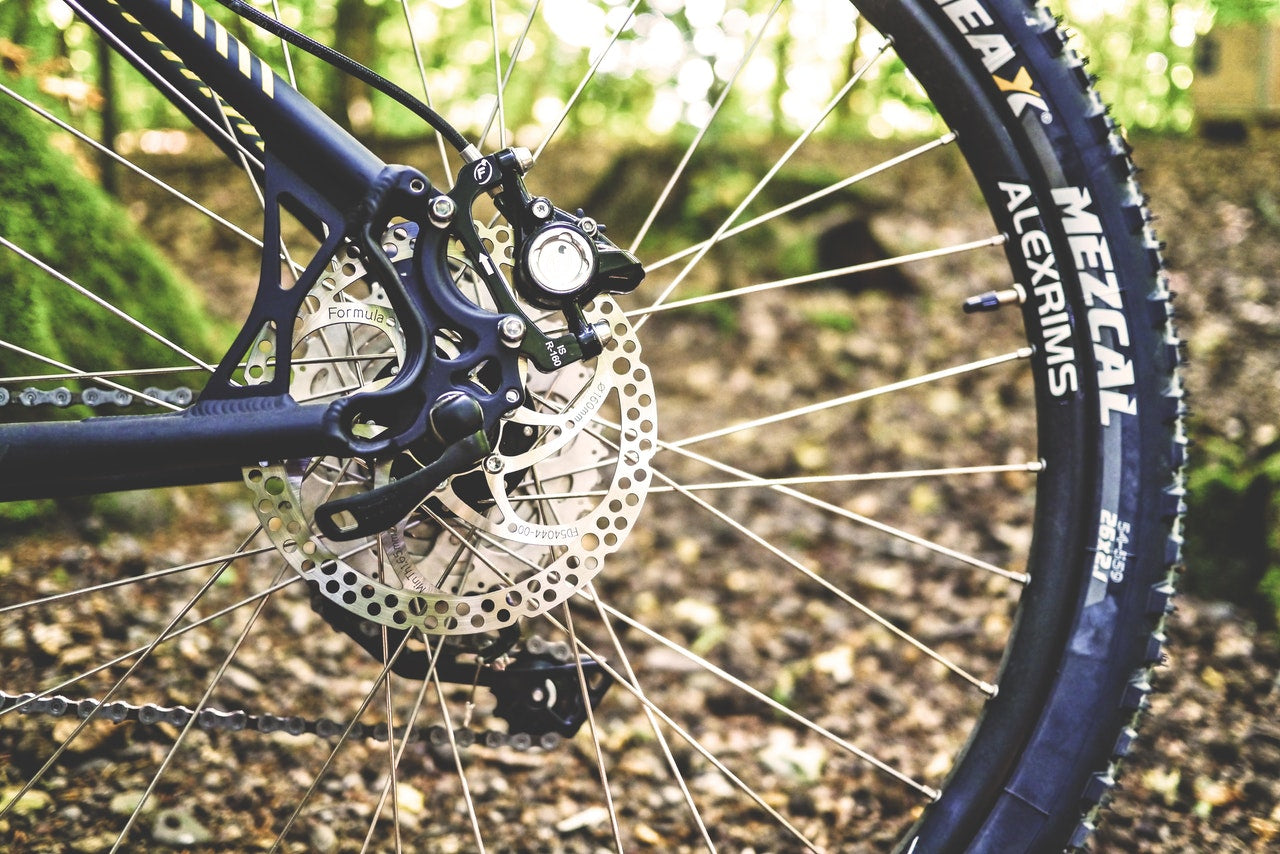
Article Detail
08 Nov
Given the fact that bike riders are constantly looking for new ways to improve their cycling experience, it’s amazing that they miss one simple thing to drastically improve their ride: maintaining the proper tire pressure. Tire pressure can be surprisingly complex and it affects everything from the width of your rims to how much you need to brake while going downhill. But, tire pressure can also be pretty simple, and because it’s free, you can experiment with it to find the perfect pressure for your bike. Here are a few things you need to know about the recommended bike tire pressure for your cruiser:
Your Tire Pressure Will Fluctuate as Temperatures Change
A 10-degree change in temperature will increase pressure by about two percent. But, it’s not just temperature changes to look out for. Sustained rim braking during long descents can also increase the temperature inside of your tubes past 300 degrees.
Find My Bike Tire Pressure
Correct tire pressure not only enables your bike to ride more smoothly, but it also fends off flats. To find your bike tire pressure, you initially need to know what tires are on your bike. Narrower tires need more air pressure than widespread ones, with road tires needing about 80 to 140 psi (pounds per square inch) and hybrid tires needing 50 to 70 psi. You can also use a bike tire pressure chart to find your idyllic tire pressure for your bike.
To find your perfect pressure, start within the middle of these choices according to what tires you own and then factor in your body weight. The heavier you are, the more tire pressure you will need. For instance, a 200-pound rider should use closer to 120 psi and a 120-pound rider can get away with only 70 psi.
Stop Resisting
Conventional knowledge makes us think that higher pressure in tires equates to lower rolling resistance. This is because on a level, flat surface, hard tires flex less and have less contact patches. But as you know, no road is flawlessly smooth. Properly inflated tires will conform to impacts and absorb shock whereas overinflated tires will transmit impacts to the rider, which makes your ride less comfortable.
Keeping the Air in There
If you ride over sharp terrain, immediately sweep your tires with a gloved hand to get rid of dirt and debris. For the ultimate protection, utilize tires liners. Get in the routine of checking your air pressure before each ride to ensure that your tires are properly inflated.


